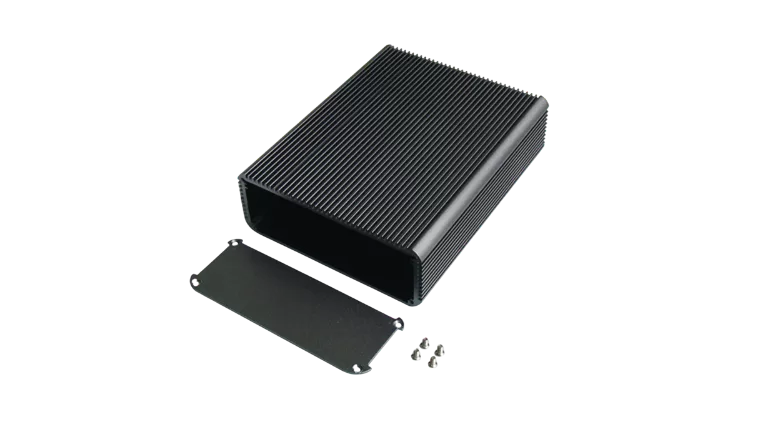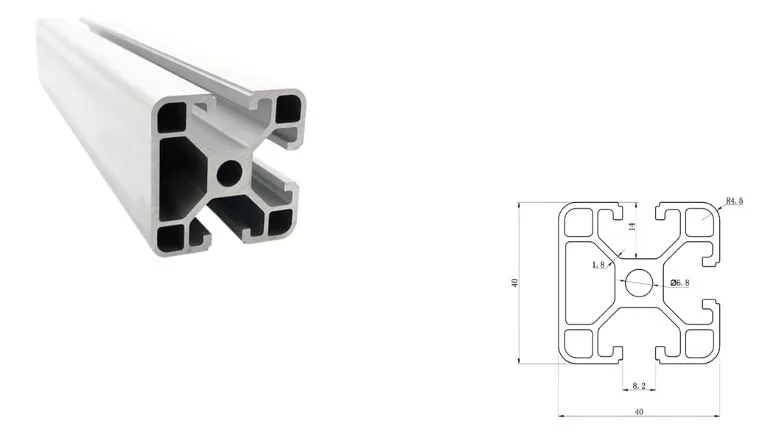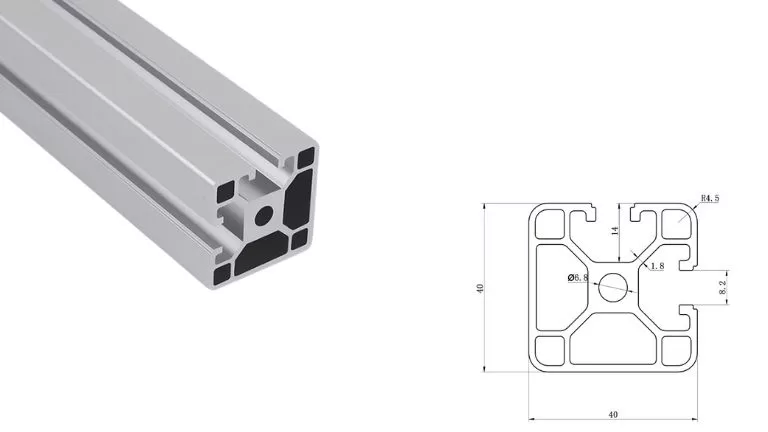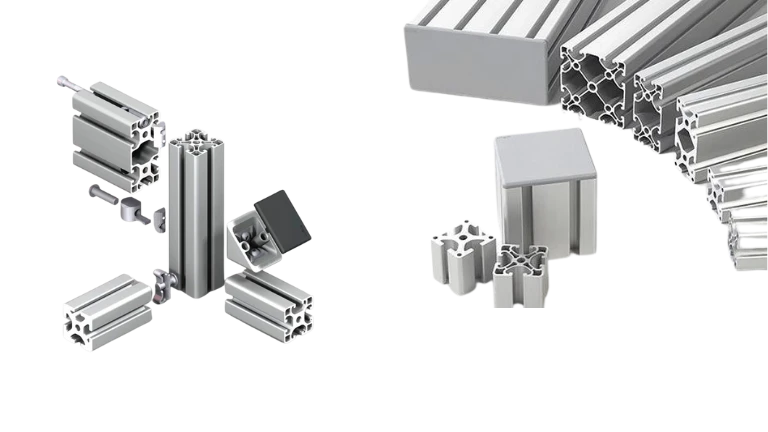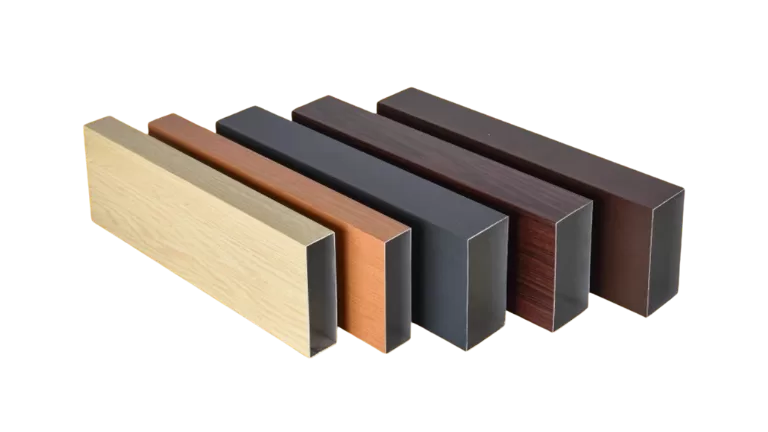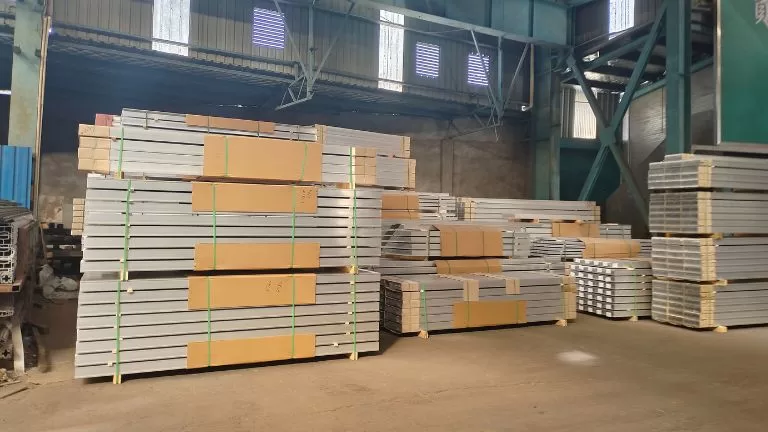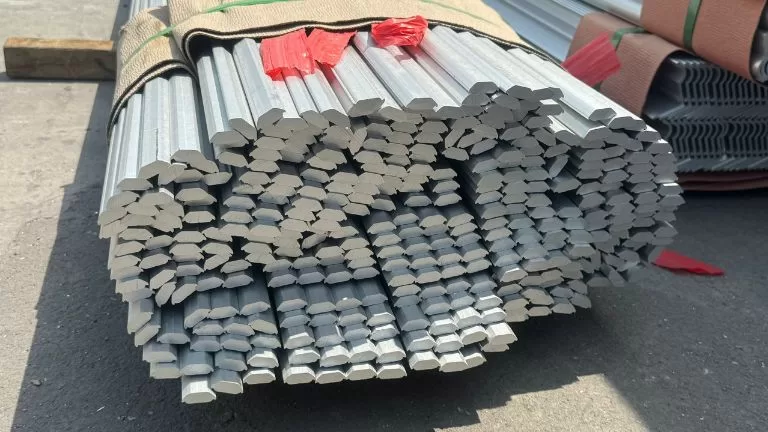Custom Durable Aluminum Stair Railing
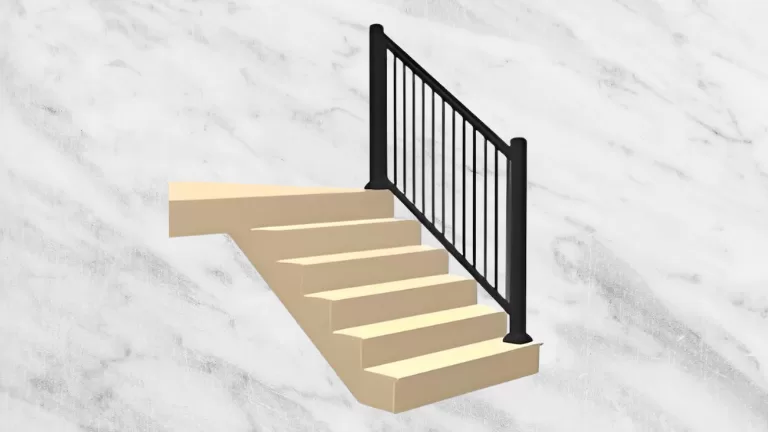
An aluminum stair railing is a safety and decorative feature installed along the edge of stairs, made primarily from aluminum alloy. Its core structure typically consists of posts, handrails, vertical elements (such as round tubes, square tubes, or cables), or infill panels (such as perforated sheets, glass, or slats). Through modular design, it achieves both structural stability and visual appeal.
Aluminum stair railings are low-maintenance, usually requiring only occasional cleaning to stay looking new. They are environmentally friendly since aluminum is fully recyclable. With customizable infill panels and mounting options, these railings can be tailored to fit the safety, functional, and design needs of residential, commercial, or public spaces.
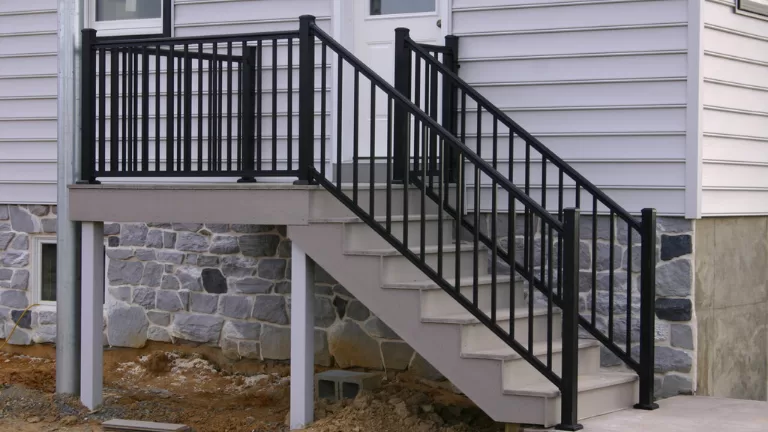
Post & Rail System
This type features individual aluminum posts, horizontal handrails, and vertical balusters, creating a clear and sturdy structure that is quick to install. High-strength aluminum alloy is used, with various powder-coated or anodized finishes available. Design options range from traditional carved or wood-look styles for villas to modern minimalist black or grey for apartments and offices. This system is secure, durable, and a reliable choice for stair safety.
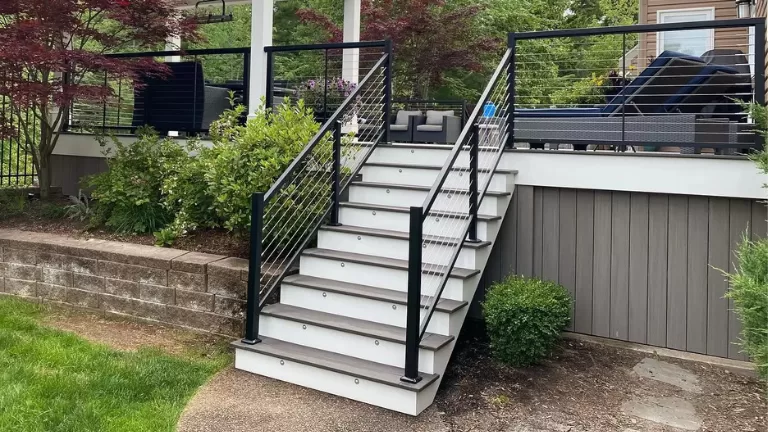
Cable Railing
Cable railing uses aluminum posts combined with horizontal stainless steel cables for a transparent, clean-lined, and industrial look—ideal for modern lofts or stairs with scenic views. The close spacing of the cables offers safety without obstructing the view. Reinforced end posts are designed to handle higher tension but require regular tension checks for ongoing stability. This style is perfect for those seeking a minimalist look and an open, spacious feel.
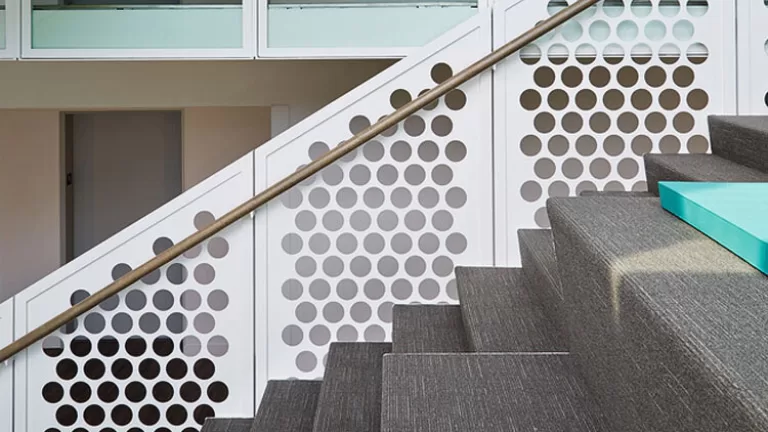
Panel/Slat Railing
This style features an aluminum frame with various infill options such as perforated panels, decorative grille panels, or vertical slats. Perforated panels allow for light and airflow and have a modern appearance; grille panels can feature Chinese lattice or European designs for artistic effect; vertical slats create a sleek, minimal look. Suitable for both residential and commercial spaces, this type balances safety and decorative appeal, accommodating a wide range of aesthetic and privacy needs.
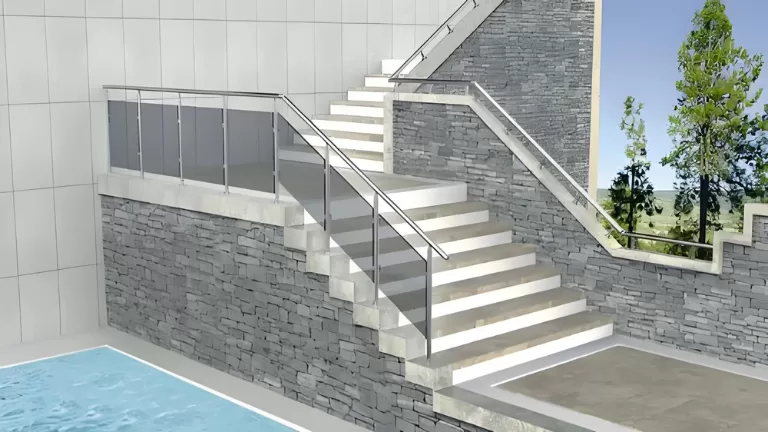
Glass Panel Railing
Glass panel railing combines aluminum posts with safety-tempered glass panels, secured with clamps or channels, to create a highly modern and open effect. There are fully frameless options for maximum transparency, or combinations with handrails for added safety and style. High-quality tempered glass ensures impact resistance, making this system suitable for luxury homes, commercial staircases, and spaces that benefit from natural lighting.
Features of Aluminum Stair Railing
Lightweight and Strong
Aluminum offers excellent strength while being much lighter than steel, making it easier and more cost-effective to transport, handle, and install.
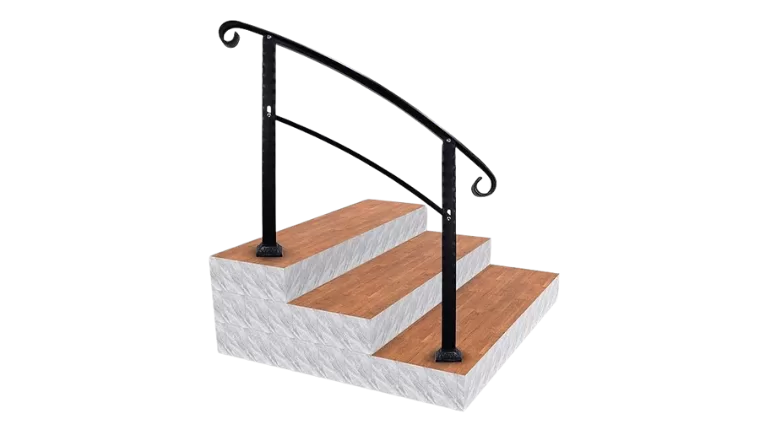
Corrosion Resistant
Aluminum naturally resists rust and corrosion, even in humid or coastal environments, ensuring a long service life both indoors and outdoors.

Low Maintenance
The surface of aluminum railings remains attractive with very little upkeep—typically, only occasional cleaning is needed to keep them looking new.

Versatile Designs
Aluminum railings offer great flexibility in style, color, and finish, fitting a wide range of architectural designs from classic to modern.

Safety and Stability
Made from high-strength alloys and precision manufacturing, aluminum railings provide reliable protection and stability for all types of staircases.
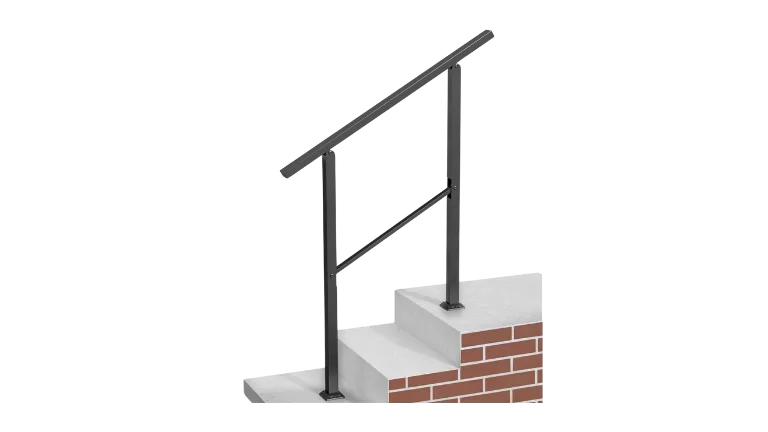
Environmentally Friendly
Fully recyclable and environmentally responsible, aluminum is a sustainable material choice that supports green building practices.

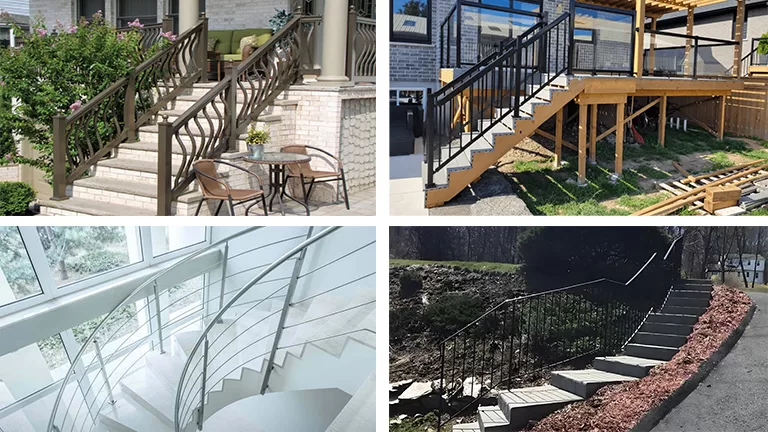
Practical Applications
-
Residential Homes: Ideal for both indoor and outdoor staircases, balconies, and terraces in houses, villas, and apartments.
-
Commercial Buildings: Widely used in offices, shopping malls, hotels, and restaurants for staircases, walkways, and entrances.
-
Public Facilities: Perfect for schools, hospitals, airports, stations, and other public buildings requiring safe and durable railings.
-
Industrial Sites: Suitable for factories, warehouses, and industrial platforms due to their strength and corrosion resistance.
-
Outdoor Spaces: Commonly found in gardens, parks, and public scenic areas for steps and raised paths.
Common Materials for Aluminum Stair Railings
Aluminum stair railings commonly use 6063-T6 aluminum alloy, which offers an excellent balance of high strength (tensile strength about 240 MPa, yield strength 205 MPa), formability, and corrosion resistance. The T6 temper refers to a heat-treatment process that increases the alloy’s durability, making it robust for daily use and able to withstand weather conditions such as rain, wind, and UV exposure. This alloy is lightweight—around one-third the weight of steel—which makes installation easier and more cost-effective.
6063-T6 can be easily shaped into modern designs like square or round posts and sleek handrails. It also accepts surface treatments, including powder coating for long-lasting color and anodization for extra corrosion protection, ensuring the railings remain both visually attractive and structurally reliable for indoor or outdoor use.
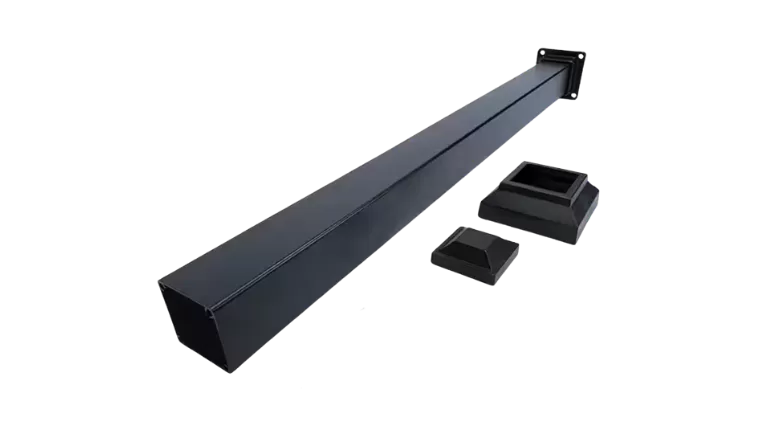
Surface Treatment Process
Anodizing:
This process creates a hard, protective oxide layer on the aluminum surface, significantly improving wear resistance and corrosion protection—making it ideal for outdoor and high-traffic environments. Anodized railings also have a strong metallic sheen, providing a modern, sleek look while keeping the original texture of the metal. The anodized layer integrates with the aluminum, ensuring the finish will not peel or chip.
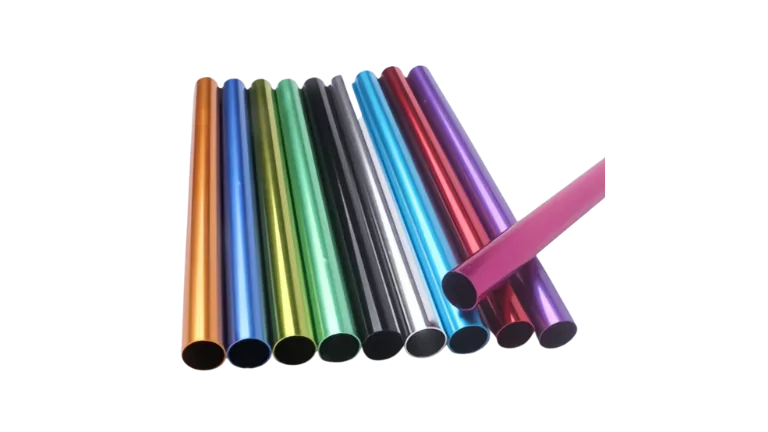
Powder Coating:
Powder coating uses electrostatic application of colored powder followed by heat curing, resulting in a tough, uniform, and vibrant finish. The color options are virtually unlimited, including full support for RAL color customization, allowing for exact color matching to architectural designs. Powder-coated railings are highly resistant to scratches, fading, and weather. This finish is cost-effective, easy to maintain, and ideal for both residential and commercial projects looking for specific color schemes.
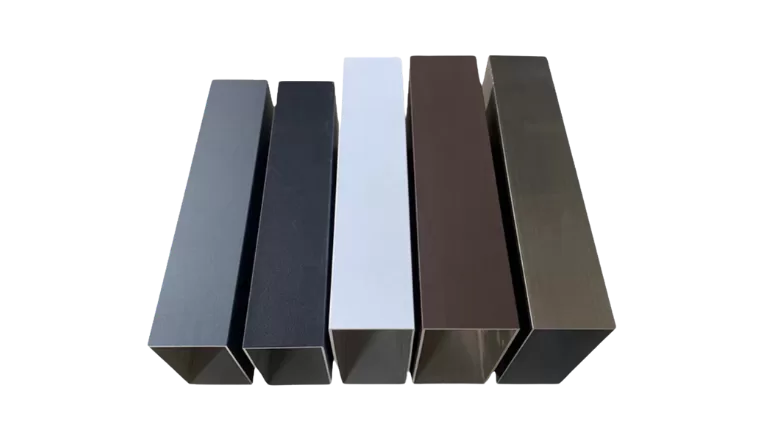
Electrophoresis Coating:
This advanced finishing process applies a uniform, ultra-smooth coating that gives the aluminum a glossy, premium appearance. The sealed surface is exceptionally resistant to corrosion, moisture, and chemical exposure, extending the product’s lifespan even in coastal or industrial environments. Electrophoresis coatings are often favored for high-end applications and projects that require both superior durability and an elegant, refined surface.
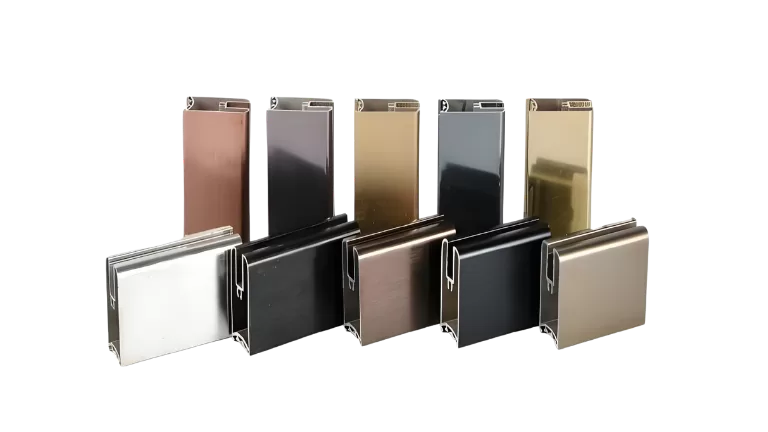
Optional Value-added Processing
At HTS-ALU, we deliver a true one-stop solution for custom aluminum stair railings. Beyond top-quality aluminum extrusion, we provide a wide range of advanced post-extrusion processing and finishing services to ensure your stair railings are fully customized and installation-ready.
Our capabilities for aluminum stair railing projects include:
- CNC Machining: We offer precise drilling, milling, and punching to create exact holes and slots for brackets, fasteners, and connectors, enabling clean and secure stair railing assembly.
- Cutting-to-Length: Each railing and component can be cut to your specified dimensions, so your stair railing system arrives ready for installation—no extra onsite work needed.
- Bending & Welding: For curved or angled staircases, we provide custom bending and professional welding, making it possible to achieve unique railing designs and seamless connections.
- Laser Engraving: Add your company logo, safety instructions, serial codes, or other markings, directly onto the railing—clear and permanent.
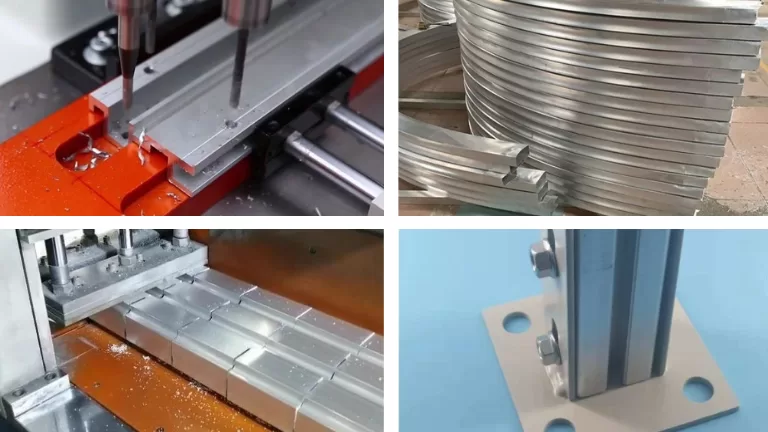
Aluminum Stair Railing vs. Steel Stair Railing
| Property | Aluminum Stair Railing | Steel Stair Railing |
|---|---|---|
| Weight | Lightweight - easy to handle | Heavy - can be hard to maneuver |
| Corrosion Resistance | Excellent (does not rust) | Poor without coating (rusts easily) |
| Maintenance | Very low - minimal upkeep | Moderate to high - needs painting |
| Strength | High | Very high |
| Aesthetics | Modern, clean look | More industrial appearance |
| Weather Resistance | Excellent, even outdoors | Requires protection outdoors |
| Installation | Simple, requires less labor | Can be cumbersome |
| Cost | Moderate | Often lower material cost, but higher maintenance cost over time |
| Lifespan | 20+ years | 10-20 years (with regular maintenance) |
| Recyclability | Fully recyclable | Fully recyclable |
Our Factory
Our factory is equipped with 40 extrusion production lines to efficiently manufacture aluminum profile. We have one anodizing and electrophoresis line, along with two vertical spraying machines and two horizontal spraying machines for surface treatment. Additionally, we operate two sandblasting machines and six wood grain transfer printing lines, enabling us to provide various aesthetic finishes. To support our production, we also have furnaces for casting aluminum bars, aging furnaces, annealing furnaces, water cooling treatment equipment, and machining equipment, ensuring comprehensive capabilities for high-quality output.
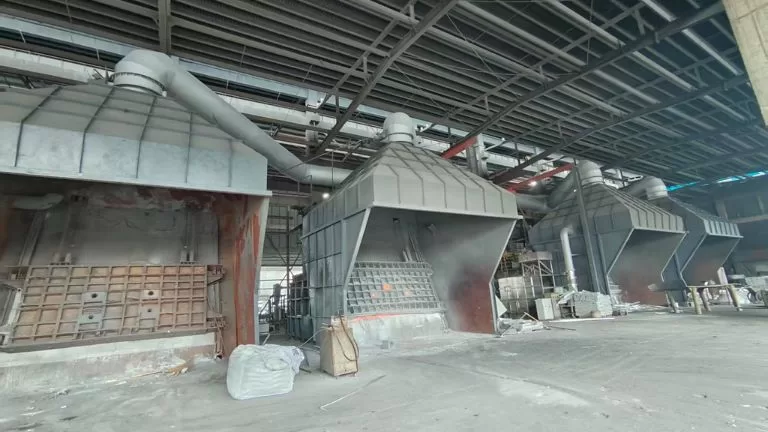
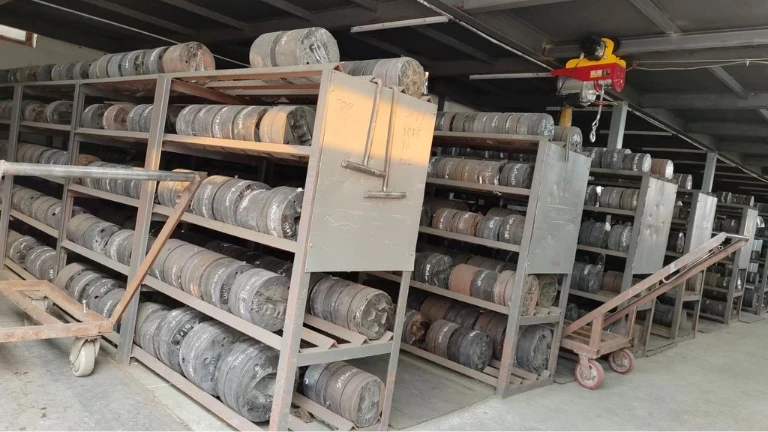

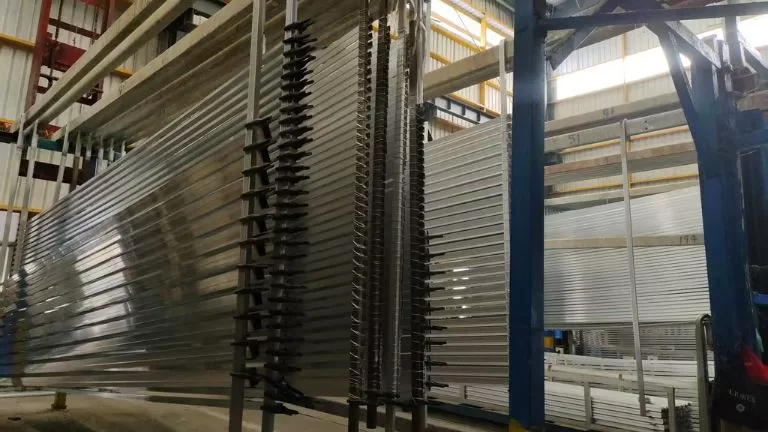
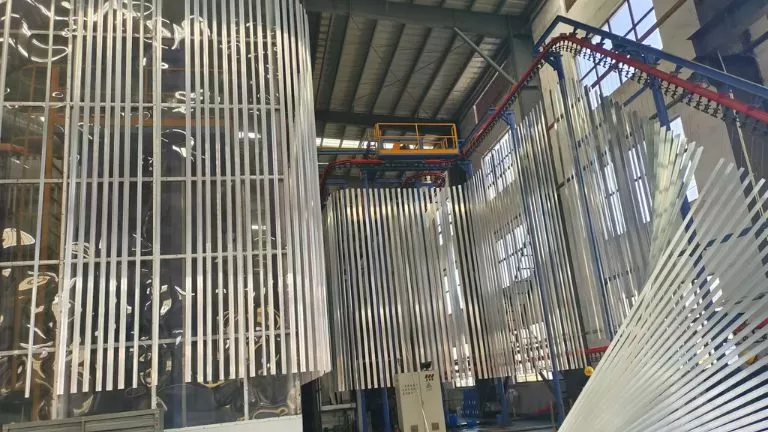
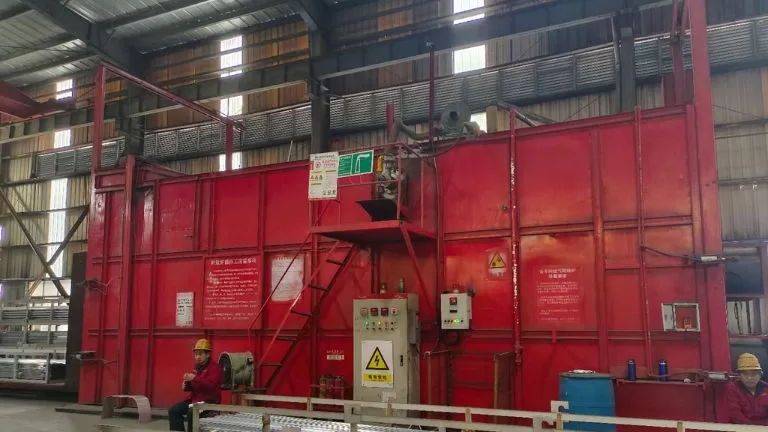

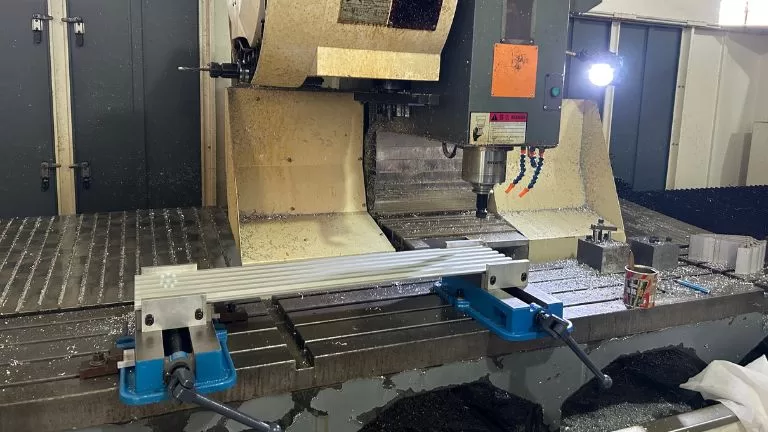
RFQ of Extruded Aluminum Profile
1. Preparation & Measurement
- Review all installation drawings or manuals before starting.
- Carefully measure the stair area to confirm dimensions and mark mounting points for posts, brackets, and rail sections.
2. Mounting the Posts
- Securely fix the aluminum posts to the floor, stair treads, or side walls.
- Use the proper anchors and bolts recommended for your substrate (concrete, wood, or metal).
- Double-check post alignment with a level to ensure the railing is straight and safe.
3. Attaching the Rails & Balusters
- Attach horizontal or angled railing sections to the posts using the supplied connectors or brackets.
- Install balusters (vertical pickets) at even intervals if included in your design.
- Ensure all connections are tight and secure, but be careful not to overtighten and damage aluminum parts.
4. Finishing Touches
- Add handrail caps, covers, or end pieces as required.
- Check the entire system for stability and safety before use.
5. Optional Additional Steps
- For custom designs, some parts may require on-site cutting or drilling.
- For pre-assembled sections, simply align and bolt them into place according to the reference layout.
Tip: Aluminum railings are much lighter compared to steel, making handling and installation easier—often a two-person job, but not always necessary.
Aluminum stair railings are designed for low maintenance and long-lasting beauty, but simple care will help them perform their best for many years.
Routine Cleaning
- Wipe down the railing with a soft cloth and mild soap solution every few months.
- Rinse with clean water to remove any soap residue and then dry with a soft towel to prevent water spots.
Inspect Regularly
- Check for loose screws, connectors, or brackets at least once or twice a year.
- Tighten anything that seems loose to maintain safety.
Surface Care
- For anodized or powder-coated surfaces, avoid abrasive cleaners and harsh chemicals that can damage the finish.
- Remove any deposits (bird droppings, tree sap, etc.) promptly to prevent staining.
Addressing Scratches or Damage
- Minor scratches on anodized or painted aluminum can be hidden with touch-up paint or a color-matched marker.
- For more significant damage, contact your supplier for repair or replacement options.
Outdoor Use
- Aluminum does not rust, but rinsing off dust, salt, or chemical contamination prolongs the life and appearance in coastal or industrial environments.
. Anodizing (Oxidation)
- Common Colors:
Natural silver
Black
Champagne
Light bronze
Dark bronze
Gold
2. Electrophoresis Coating (E-Coating)
- Common Colors:
Black
Champagne
Light bronze
Dark bronze
Custom metallic colors
3. Powder Coating
- Colors:
Can match any color based on the RAL color chart.
Offers textures like matte, gloss, satin, and custom finishes.
4. PVDF Coating (Polyvinylidene Fluoride)
- Colors:
Also customizable using the RAL color chart.
High-end finishes with matte or glossy effects.
5. Wood Grain Transfer Printing
- Colors and Patterns:
Mimics various wood types (e.g., oak, walnut, teak, mahogany).
Custom patterns available based on provided samples.
6. Film Lamination
- Colors and Patterns:
Includes textures like marble, leather, and solid colors.
Custom finishes and patterns based on provided samples.
Pre-Treatment Options (Impact on Final Color)
- Brushing/Polishing: Produces smooth or reflective metallic surfaces.
- Sandblasting: Adds a rough, matte texture before the final surface treatment.
We provide a wide range of machining services for aluminum extrusions to meet specific requirements. These include cutting off/section removal, slotting, drilling holes, tapping threads, bending, and localized stamping to create deformations. For example, we can trim extruded profiles to custom lengths, mill precise grooves, create threaded holes for fasteners, bend profiles into specific shapes, or apply localized stamping to achieve custom forms or deformation.
In addition to these processes, we also offer TIG/MIG welding to join aluminum components for a solid structure. Furthermore, our services include assembly of common accessories, such as brackets, corner connectors, screws, hinges, end caps, and rubber seals, providing complete and ready-to-install profile solutions tailored to your project needs. This ensures that we can handle everything from simple cuts to highly customized fabrication and assembly, all with precision and efficiency.
For custom aluminum extrusion projects, we accept a variety of drawing formats, including CAD files, STEP files, and PDF files. However, for extrusions that require additional machining processes, it’s recommended to provide STEP files, as they ensure precise 3D modeling for machining accuracy.
While PDF files are acceptable, converting them into CAD drawings may result in the loss of certain details, requiring us to manually redraw the design, which could increase lead time. For the fastest and most accurate quotation, we recommend providing CAD files (e.g., DWG/DXF) and STEP files to ensure efficient design evaluation and pricing.
Mold fees are an essential part of the custom aluminum extrusion process. Since every order requires a uniquely designed mold tailored to specific requirements, these molds cannot be used for other products. Therefore, the mold fee is necessary and non-negotiable.
We require 100% upfront payment of the mold fee before mold development begins to ensure timely production. However, as a token of appreciation for your support, we offer a refund of the mold fee or equivalent discounts once the order reaches a certain production volume. Specific policies can be discussed based on your order volume and collaboration details.
Our minimum order quantity (MOQ) varies depending on the size of the product. For smaller-sized products, the MOQ is typically 500kg, while for larger-sized products, it is 2 tons.
We will specify the exact MOQ requirements during the quotation process. If your order quantity does not meet the MOQ, we can still arrange production, but an additional fee will be applied to cover mold preheating and production setup time. Rest assured, this extra fee will be reasonable, and we aim to keep it as minimal as possible to ensure smooth cooperation.
Packaging can be customized according to your needs. Options include using protective film or paper to separate and protect the surface, or foam film for additional surface protection. Products can be palletized or packed into cartons, and the quantity per pallet or carton can be specified by the customer.
The standard packaging involves bundling several pieces together with plastic wrap and then securing them onto pallets. Any packaging requirements beyond the standard will be accommodated, and the associated costs will be clearly provided to the customer.
Mold production typically takes 7 days. After the sample is confirmed, producing a full container load of 26 tons generally requires 14 days for extrusion alone. If surface treatment is required, an additional 3 days will be needed. For machining, extra time will be required depending on the complexity and volume of the machining work. The exact additional time for machining will be determined based on the specific processing requirements.
Aluminum profiles are naturally corrosion-resistant due to the formation of a thin, protective oxide layer when exposed to air or water. This oxide layer is stable and self-repairing, meaning that even if the surface is scratched or cut (such as at exposed ends or during processing), the aluminum will not rust or corrode like iron or steel. Instead, the exposed areas will quickly form a new oxide layer, providing continuous protection against further oxidation.
With proper design, installation, and maintenance, aluminum profiles can last for decades, even in challenging environments. For example, untreated aluminum can easily withstand 20-30 years in outdoor applications, while profiles with surface treatments like anodizing or powder coating can last even longer, often exceeding 50 years. This makes aluminum an excellent choice for applications where durability and long-term performance are essential.
The price of aluminum profiles consists of several components: raw material costs, extrusion processing fees, surface treatment fees, machining costs, and additional packaging fees. Among these, the cost of aluminum as a raw material tends to fluctuate frequently, while other fees remain relatively stable. Due to these fluctuations, our quotations are typically valid for 7 days.
Pricing can be structured in different ways depending on the product and requirements. It can be calculated by weight (e.g., cost per ton), by length (e.g., cost per meter), or by piece (e.g., cost per unit). For products involving extensive machining, such as heat sinks, pricing is generally calculated on a per-piece basis to accurately reflect the additional processing costs. This flexible pricing approach ensures the quote is tailored to the specific needs of the customer.
We can manufacture aluminum profiles in compliance with technical requirements that meet European standards (EN), American standards (ASTM/AA), or other standards as specified by the customer. Custom production is tailored to ensure that the profiles meet the specific standard requirements requested.
Our production equipment is designed for the metric system. If the drawings provided are in the imperial system, we will convert them into metric units for production to ensure accuracy.
It is important to note that while we can machine imperial-threaded holes for fasteners, if you require us to supply matching imperial fasteners, they may not always be available in stock. Custom orders for imperial fasteners typically require a large volume for production. Please consider this when planning your project.
